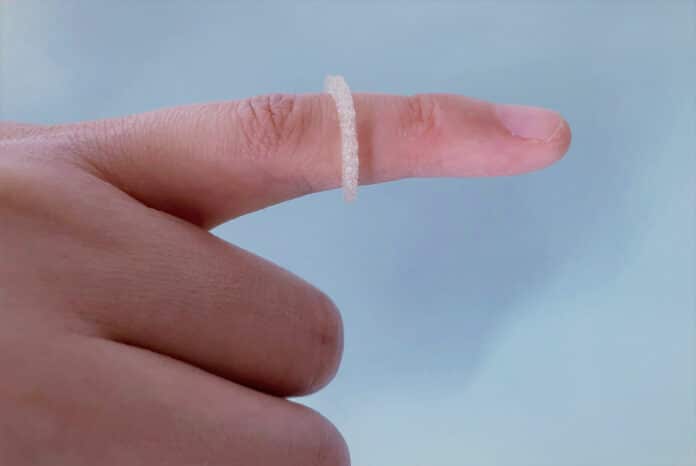Mosquito sprays containing IR3535 are very gentle on the skin and have been used worldwide for many years. That’s why scientists have been using the agent for experiments.
Scientists from the Martin Luther University Halle-Wittenberg (MLU) have developed a new insect repellent delivery device using “IR3535”, an insect repellent developed by MERCK. In this study, scientists encapsulated the agent in a the desired shape, such as a ring, which can then be worn and released as an agent.
Scientists used a unique 3D printing technique to insert the insect repellent into a biodegradable polymer in a controlled manner and to shape the mixture of substances in various ways.
The study’s lead author, Fanfan Du, a doctoral candidate at MLU, said, “The rate at which the insect repellent evaporates depends on many different factors, including temperature, concentration, and the structure of the polymer used. After conducting various experiments and simulations, the team predicts that the insect repellent needs well over a week to evaporate completely at a temperature of 37°C.”
The rings and other shapes made for the study are prototypes, but the scientists have shown that it is feasible to construct a wearable insect repellant. Scientists claim that more investigation is required to see how well the rings work in real-world situations. Additionally, the encapsulation material might be improved.
Journal Reference:
- Fanfan Du et al. 3D-printing of the polymer/insect-repellent system poly(l-lactic acid)/ethyl utylacetylaminopropionate (PLLA/IR3535). International Journal of Pharmaceutics. DOI: 10.1016/j.ijpharm.2022.122023
